Dance Forms of Odisha, a state in eastern India, is a vibrant and diverse cultural treasure. It encompasses a wide range of classical and folk dance forms, such as Odissi, Dalkhai, Paika, and Daskathia. These dances are characterized by intricate movements, storytelling, and rich traditions.
Dances of Odisha play a crucial role in preserving the state’s cultural heritage, reflecting its history, mythology, and spirituality while captivating audiences with their grace and beauty.
➥ Know About Odisha | History, Facts & General Knowledge
Table of Contents Show
Dances of Odisha
Ghumura Dance
Ghumura is a folk dance that originated in the Kalahandi and Nuapada districts of Odisha. The dancers wear masks and body paint and perform vigorous movements to the beat of drums. Ghumura is often performed during festivals and celebrations.

Chhau Dance
Chhau is a martial art dance that originated in the Mayurbhanj district of Odisha. The dancers wear elaborate masks and costumes and perform stylized movements that depict stories from Hindu mythology. Chhau is performed during the spring festival of Chaitra Parva.

Bagha Dance
Bagha Dance is a folk dance that originated in the Ganjam district of Odisha. The dancers paint themselves to resemble tigers and perform movements that mimic the movements of tigers. Bagha Dance is often performed during festivals and celebrations.

Gotipua Dance
Gotipua Dance is a classical dance that originated in the Puri district of Odisha. The dancers are young boys who dress as girls and perform graceful movements to the beat of drums. Gotipua Dance is performed during religious festivals and other special occasions.

Odissi Dance
Odissi is a classical dance that originated in the temples of Odisha. The dancers perform graceful movements to the beat of drums. Odissi is one of the eight classical dances of India and is known for its intricate footwork and fluid movements.
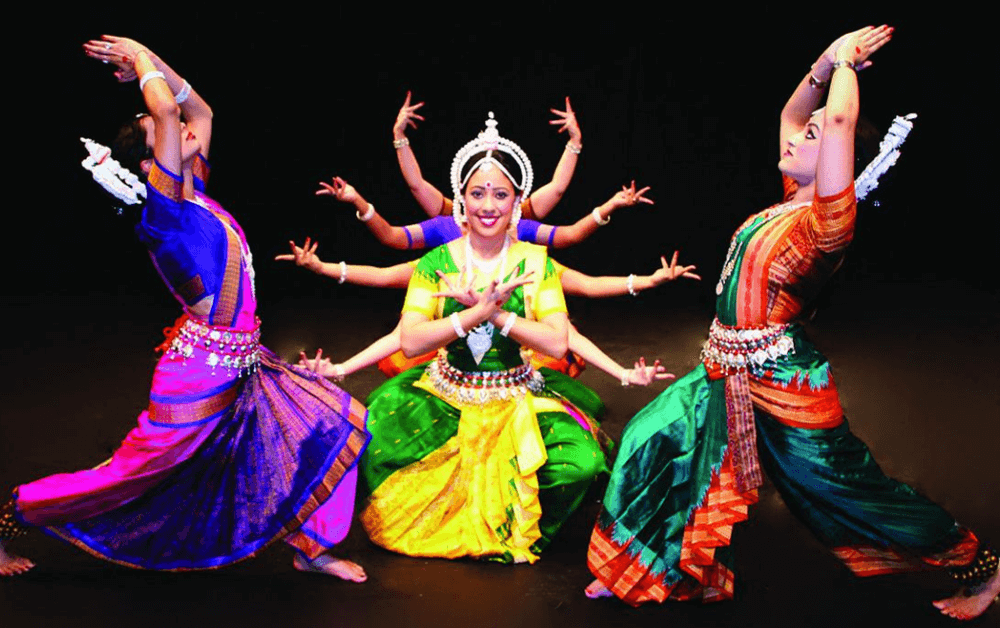
Changu Dance
Changu Dance, also known as Juang Dance, is a popular dance form native to Orissa. Changu Dance is a folk dance that originated in the eastern province of Odisha. The dancers perform vigorous movements to the beat of the changu drum. Changu Dance is often performed during festivals and celebrations.

Ranapa Dance
Ranapa Dance is a folk dance that originated in the Ganjam district of Odisha. The dancers stand on stilts and perform movements that depict the bravery of the Kalinga warriors. Ranapa Dance is often performed during festivals and celebrations.
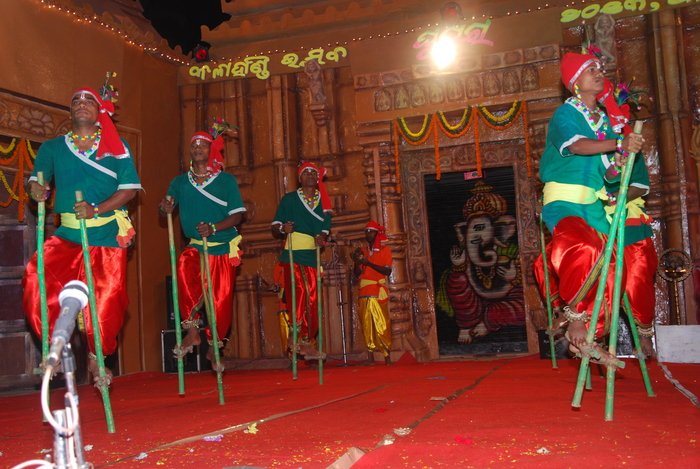
Karma Dance
Karma Dance is a folk dance that originated in the Sambalpur district of Odisha. The dancers hold hands and form a circle around a tree. Karma Dance is often performed during the spring festival of Chaitra Parva.
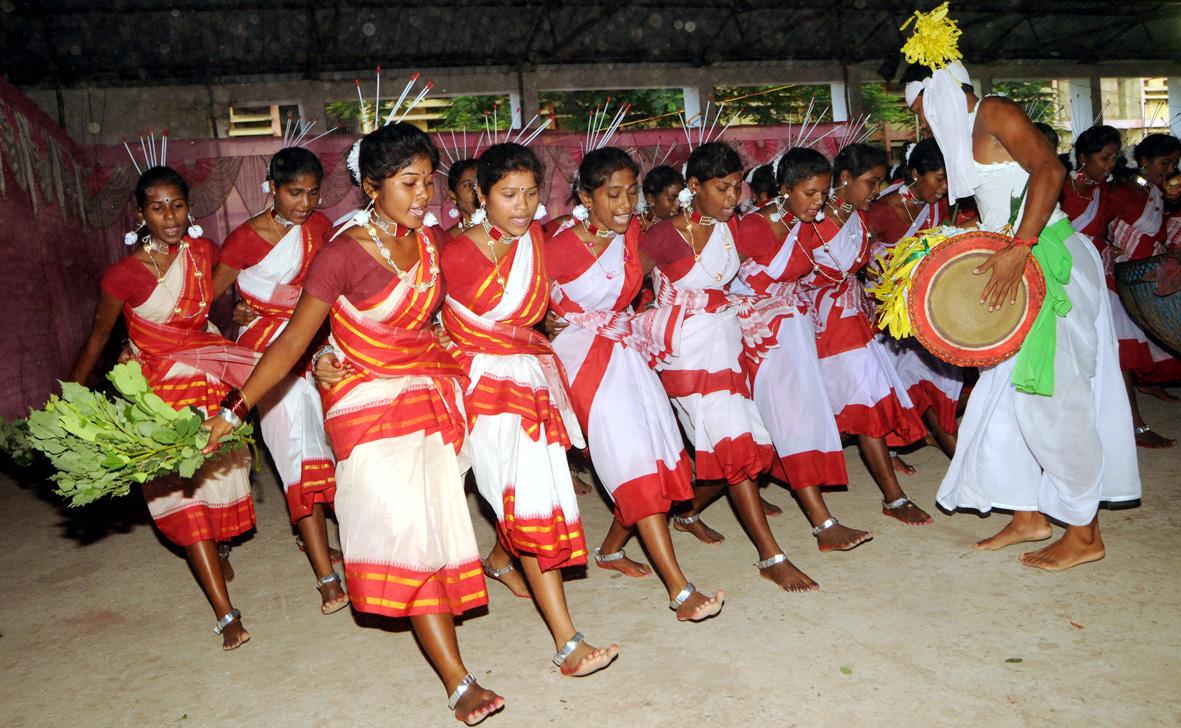
Danda Nata Dance
Danada Nata Dance is a martial art dance that originated in the Koraput district of Odisha. The dancers perform stylized movements with sticks to the beat of drums. Danda Nata Dance is often performed during festivals and celebrations.
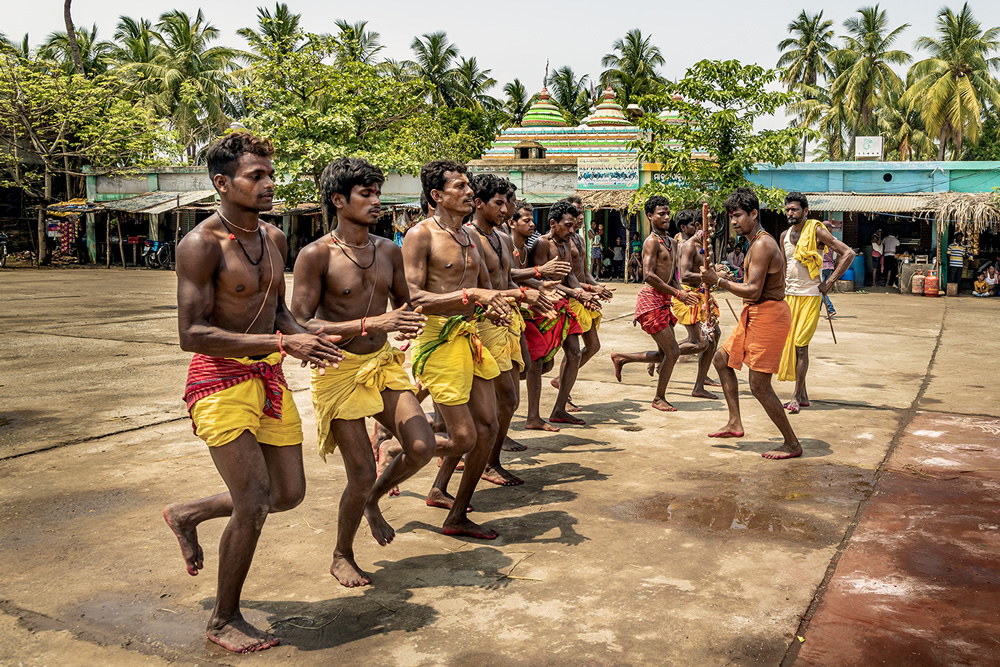
Paika Dance
Paika Dance is a martial art dance that originated in the Mayurbhanj district of Odisha. The dancers perform stylized movements with swords and shields to the beat of drums. Paika Dance is often performed during festivals and celebrations.
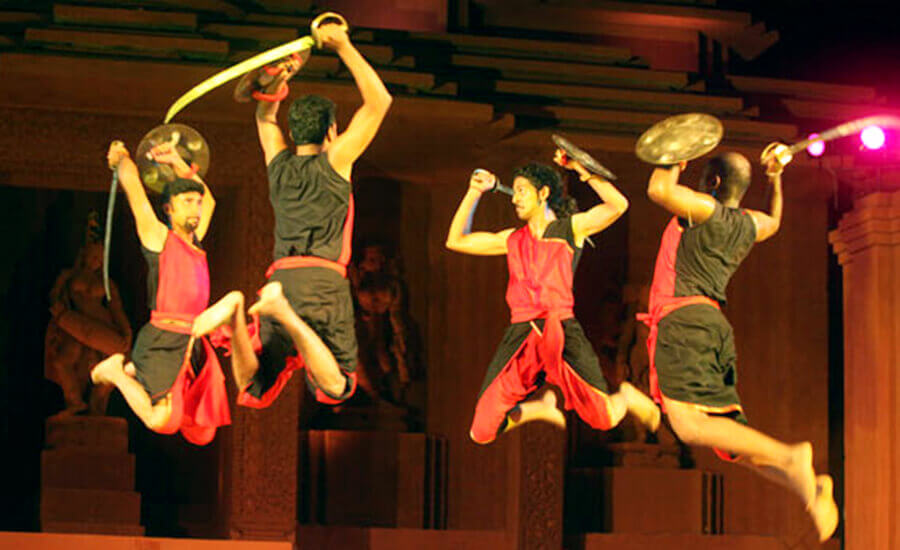
Medha Nacha Dance
Medha Nacha Dance is a folk dance that originated in the Koraput district of Odisha. The dancers perform vigorous movements to the beat of drums. Medha Nacha Dance is often performed during festivals and celebrations.
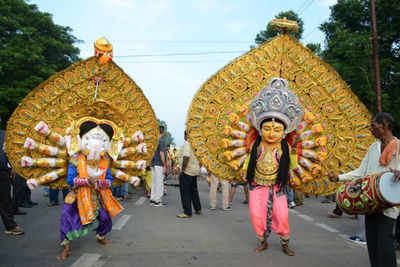
Dalkhai Dance
Dalkhai Dance is a folk dance that originated in the Sambalpur district of Odisha. The dancers perform graceful movements to the beat of drums. Sambalpuri Dance is often performed during weddings and other celebrations.

Chaiti Ghoda Dance
Chaiti Ghoda Dance is the folk dance is performed by the fishermen community of the Odisha. ‘Chaiti’ refers to the chaitra month of the year that is March to April. There is a small story behind it. It is said that when Lord Rama was finding difficult to cross a river the Keot fishermen were actually the ones who helped him to do so and in return Lord Rama gifted them a horse.
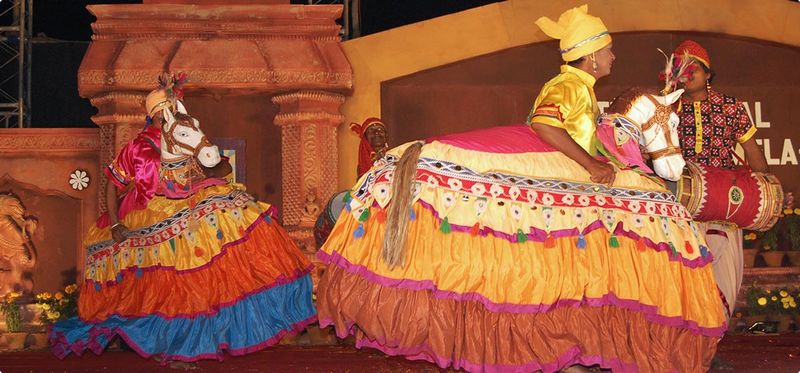
Daskathia Dance
Daskathia Dance performances typically revolve around tales from Hindu epics like the Ramayana and the Mahabharata. These narratives are brought to life through the expressive movements and gestures of the dancers. The artists often take on multiple roles, switching characters seamlessly to convey the story’s progression.

